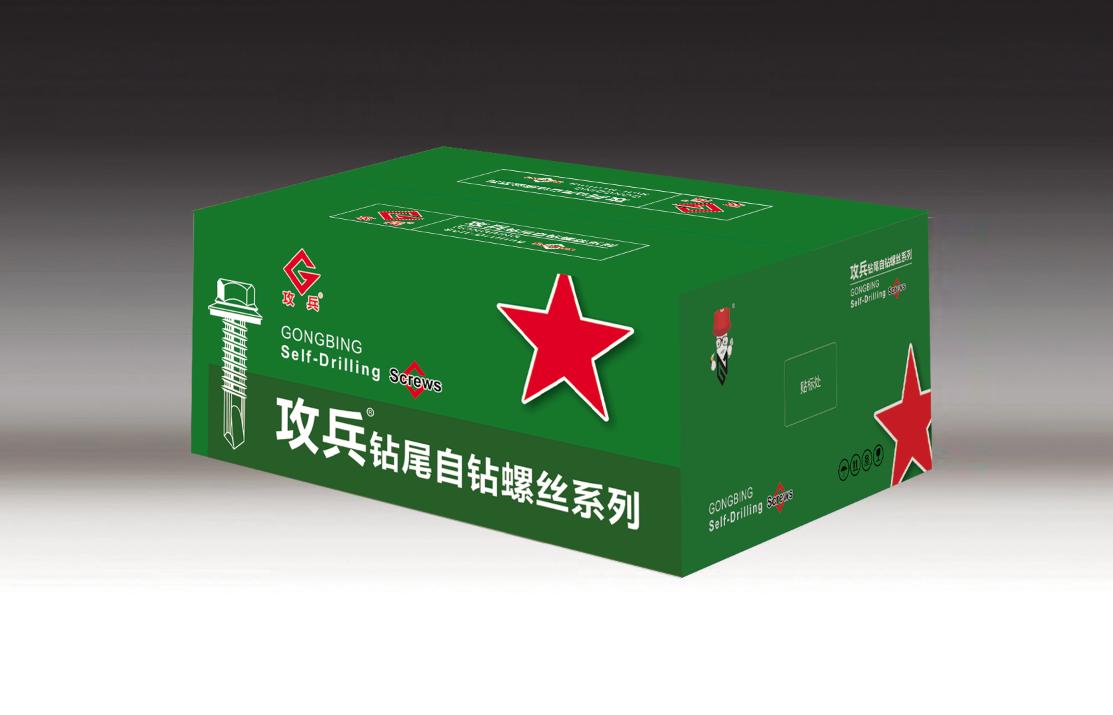Bracing Techniques for Steel Joists in Construction to Ensure Structural Integrity and Stability
Understanding Steel Joist Bracing Essential for Structural Integrity
Steel joists play a crucial role in modern construction, offering a lightweight, strong, and cost-effective solution for floor and roof support. However, the effectiveness of steel joists is significantly enhanced by an often-overlooked component bracing. This article explores the significance of steel joist bracing, its various types, and its impact on structural integrity.
The Importance of Bracing
Bracing is essential in steel joist systems for several reasons. Primarily, it provides lateral stability to the joists, ensuring they can withstand various loads and forces that may act upon them. These forces include wind loads, seismic activity, and other dynamic loads. Without proper bracing, steel joists can experience excessive deflection or even failure, compromising the safety and functionality of the entire structure.
In addition to enhancing stability, bracing helps distribute loads evenly across the joists, preventing localized stress concentrations. This is particularly important in large open spaces where the distance between support points can be significant. Moreover, bracing aids in reducing vibrations, which can be a concern in certain applications like gymnasiums or auditoriums where occupant comfort is paramount.
Types of Steel Joist Bracing
There are several types of bracing systems used with steel joists, each designed for specific structural requirements. The most common types include
1. Cross Bracing This method uses diagonal braces in a crisscross pattern, forming an 'X' shape between the joists. Cross bracing is highly effective in providing lateral stability and is often used in application areas requiring significant resistance to lateral forces.
steel joist bracing

2. K-Bracing Similar to cross bracing, K-bracing features a 'K' shape, providing support at midpoint locations along the bracing members. This type is particularly useful when there are limitations regarding space or when aesthetic considerations are involved.
3. Strut and Tie This method uses a combination of struts and ties arranged in specific configurations to create a stable framework. It is often employed in more complex structural designs where traditional bracing might not be feasible.
4. Braced Frames This system involves the incorporation of bracing into the overall framing of the structure. Braced frames can be designed to resist both vertical and lateral loads, making them suitable for various building types, particularly in high-rise construction.
Implementation and Design Considerations
When designing a bracing system for steel joists, several factors must be taken into account. These include the anticipated loads, the spacing between joists, aesthetic considerations, and compliance with local building codes. Collaborating closely with structural engineers ensures that the bracing system is not only effective but also integrates seamlessly with the overall design of the building.
It's also important to monitor the maintenance of braced systems post-installation. Regular inspections can help identify and rectify any issues such as corrosion or damage caused by external factors, thus preserving the integrity of the structure over time.
Conclusion
Steel joist bracing is an essential element of modern construction, providing the necessary stability and strength to support various architectural designs. By properly integrating bracing systems, engineers and architects can significantly enhance the safety and longevity of steel joist structures. As we continue to push the boundaries of what is possible in architecture and engineering, understanding and implementing effective bracing solutions will remain paramount in the successful execution of complex designs. Emphasizing the importance of these systems can lead to safer and more resilient buildings for the future.
-
Weatherproof Plastic Expansion Anchors for OutdoorNewsJun.06,2025
-
Sustainability in the Supply Chain: Eco-Friendly TEK Screws ProductionNewsJun.06,2025
-
Load-Bearing Capacity of External Insulation FixingsNewsJun.06,2025
-
Double Head Bolts: Enhancing Efficiency in Industrial MachineryNewsJun.06,2025
-
Corrosion Resistance in Chipboard Screws: Coatings for Wholesale DurabilityNewsJun.06,2025
-
Butterfly Toggle Bolts : Enhancing Structural ResilienceNewsJun.06,2025
